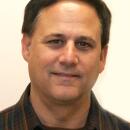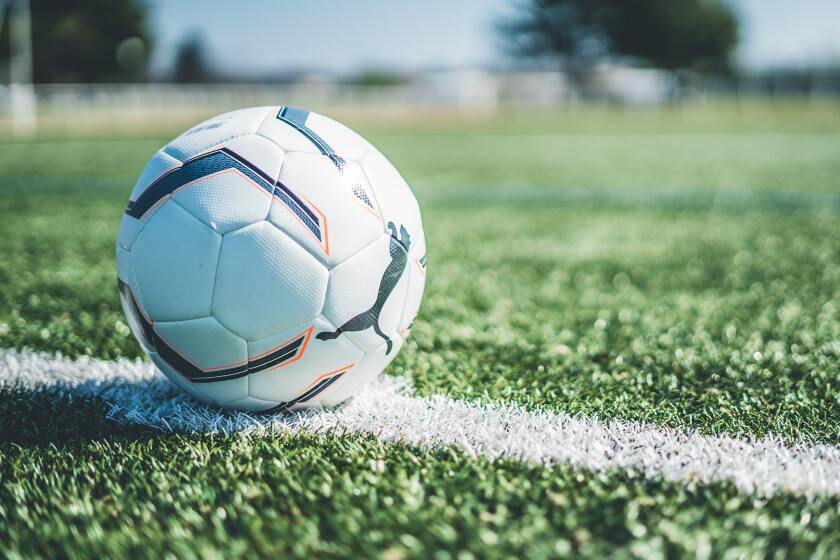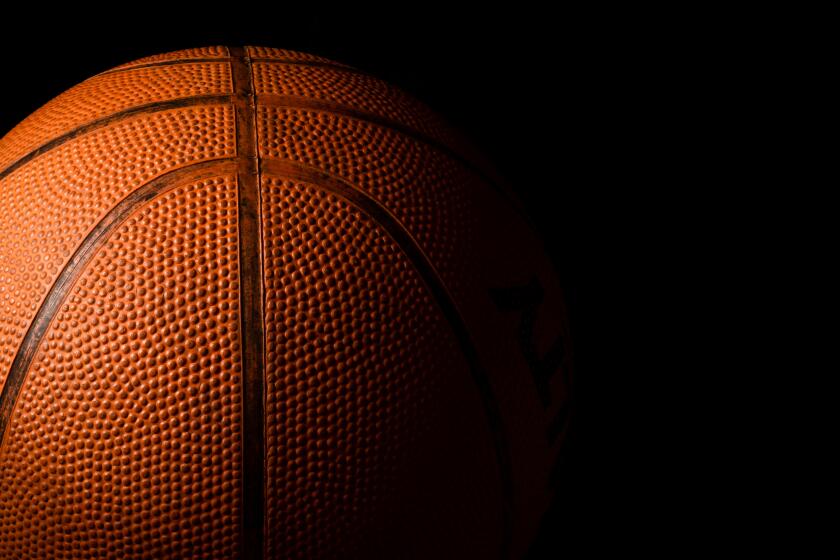Exhibit Makes a Pitch for Hall of Fame
- Share via
The time is coming, Kerry Nakagawa believes, when any fan visiting the national baseball Hall of Fame in Cooperstown, N.Y., will be able to learn about the leagues started by first-generation Japanese Americans and how baseball was the pastime of choice at World War II internment camps.
For now, the 43-year-old documentary filmmaker is spreading the word through an exhibit on display at Herbst Exhibition Hall in the San Francisco Presidio. “Nisei Baseball: Diamonds in the Rough,” attracted nearly 500,000 visitors this summer in the state Capitol Museum in Sacramento.
Nakagawa plans to bring the exhibit to Los Angeles in the spring. He also is planning a documentary film and a book on the subject.
“I think I’ve been anointed to do this,” Nakagawa said. His uncle played for a Japanese American team that in 1927 faced a barnstorming group of major leaguers, including Babe Ruth and Lou Gehrig.
He has a photo to prove it. Of course, it’s part of the exhibit.
“Seeing that photo gave me goose bumps and motivated me to share this legacy,” Nakagawa said. “What strikes me is that it was probably the first time Ruth or Gehrig had seen a Japanese person.”
Not until 1964 did a Japanese player make the major leagues. Right-hander Masanori Murakami, on loan from the Nankai Hawks of the Japanese major league, was a late-season call-up with the San Francisco Giants after spending most of the season with the Fresno Giants of the California League. Murakami won his only decision in 1964 and was 4-1 the following year before returning to Japan.
The first Japanese American major leaguer was right-handed pitcher Ryan Kurosaki, who appeared in seven games with the St. Louis Cardinals in 1975. Second baseman Lenn Sakata, a high school teammate of Kurosaki in Hawaii, began an 11-year career in 1977 with the Milwaukee Brewers and played in the 1983 World Series with the Baltimore Orioles.
Nakagawa is riding a new wave of interest in Japanese American baseball helped by the recent arrival of Japanese players in the majors, including pitchers Hideo Nomo of the Dodgers and Shigetoshi Hasegawa of the Angels.
The Dodgers honored 13 of the prewar players, including Al Sako, 95, and Tom Tomiyama, 93, before a game in July. Pete Mitsui, 83, of the San Fernando Aces, was also among those honored as a “Densetsu,” meaning legend.
Nakagawa is pushing to have the players honored at the White House.
“In 10 years, the voices of all these storytellers will be gone,” Nakagawa said. “We’re at a point where this has to be done.”
*
The exhibit will outlive the memories. From a photo of the 1903 Fuji Athletic Club of San Francisco, believed to be the first Japanese American team, to displays detailing the hundreds of teams that sprung up at World War II internment camps, it brings to life a segment of baseball history unknown to most Americans.
Awareness is growing. The California state Senate and Assembly unanimously passed resolutions last month recommending that the exhibit become part of a permanent display at the Hall of Fame. Letters of support have come from the Dodgers, San Diego Padres and San Francisco Giants.
“Making this a permanent exhibit at Cooperstown is my ultimate goal,” Nakagawa said. “It seemed like a longshot only a year ago, but the idea is gaining momentum.”
More to Read
Go beyond the scoreboard
Get the latest on L.A.'s teams in the daily Sports Report newsletter.
You may occasionally receive promotional content from the Los Angeles Times.











